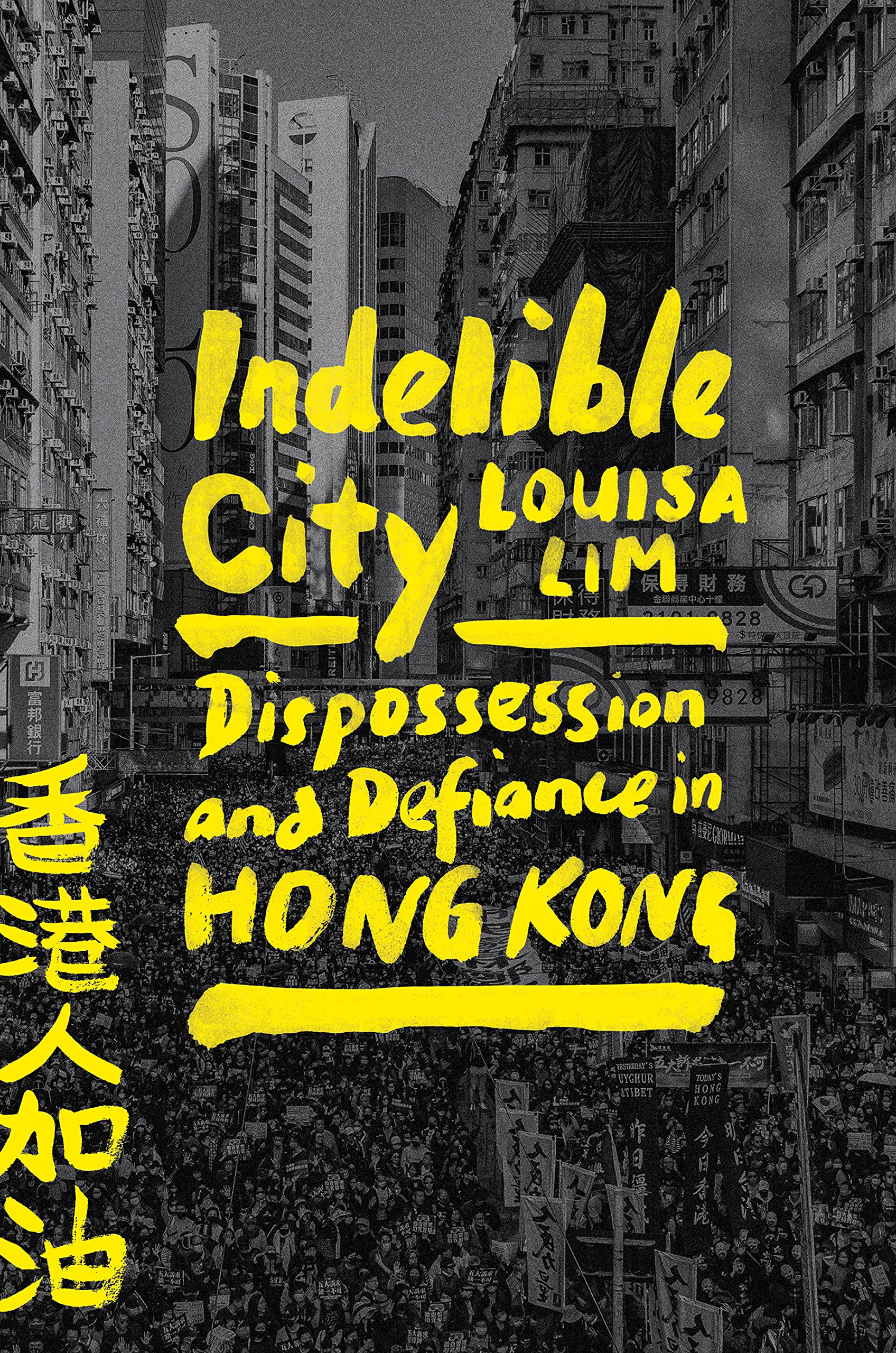The Books of Earthsea by Ursula K. Le Guin (2018) 1008 pages
This edition contains illustrations by Charles Vess. There is also an Introduction, multiple Afterwards, a "historical" Description of Earthsea, and a lecture edited into Earthsea Revisioned that allow us to understand Le Guin's creative process.
I dove deep into this series these first four months of 2024 by reading the double trilogy and all the additional short stories. I loved the philosophical nature of the stories. The legends and culture Le Guin has created for the different people living on the islands of Earthsea brings it all to such vivid life.
Books One (published 1968) and Three (1972) deal primarily with Ged. In A Wizard of Earthsea we have a hero's journey with Ged, also known as Sparrowhawk, becoming a wizard. I liked the twist concerning how he has to face the shadow monster. In The Farthest Shore a couple decades have passed and Ged is accompanied by a young Prince to stop a dark force working in the world. They spend a lot of time on a boat travelling from island to island in their investigation.
Books Two (1971) and Four (1990) deal primarily with Tenar. In The Tombs of Atuan we spend time on a Kargish island, which has a very different culture than the islands of central and west Earthsea. Tenar is selected very early in her life to be the reincarnated high priestess of the Tombs. She grows up practically a prisoner until Ged shows up and they help each other escape. In Tehanu, following the events of The Farthest Shore, Ged is no longer the Archmage. Tenar becomes the carer and protector of the title character, who is a young girl who has been badly burned. Focusing on the female characters Le Guin gives us something different than the traditional hero's journey. Tehanu is a character with a mysterious power and so much potential.
Book Five (2001) is Tales from Earthsea, a collection of five short stories. This also happens to be the name of the Studio Ghibli film released in 2006, which I thought was ok, but not great. The movie is not an adaptation of these short stories, but borrows and changes things from the first four books. The short stories had some great moments, even though I liked them less than the full-length novels. And yet, they do add more depth to the world of Earthsea. The fifth story "Dragonfly" falls directly between
Books Four and Six and is particularly great.
Book Six (2001) wraps up the story threads of the double trilogy. The Other Wind is marvelous. It is about diplomacy between the Hardic people and the Kargish people, as well as between humans and dragons. Again I loved the philosophical discussions the characters have. It shares themes with The Amber Spyglass by Philip Pullman, the third book in the His Dark Materials trilogy, regarding the border between the living and the dead.
Then there are four additional short stories included, which, again, deepen the world of magic in Earthsea. The final one, "Firelight," is a sweet and profound sendoff of Ged as he remembers his life and drifts off to the seas of the other wind.
















































